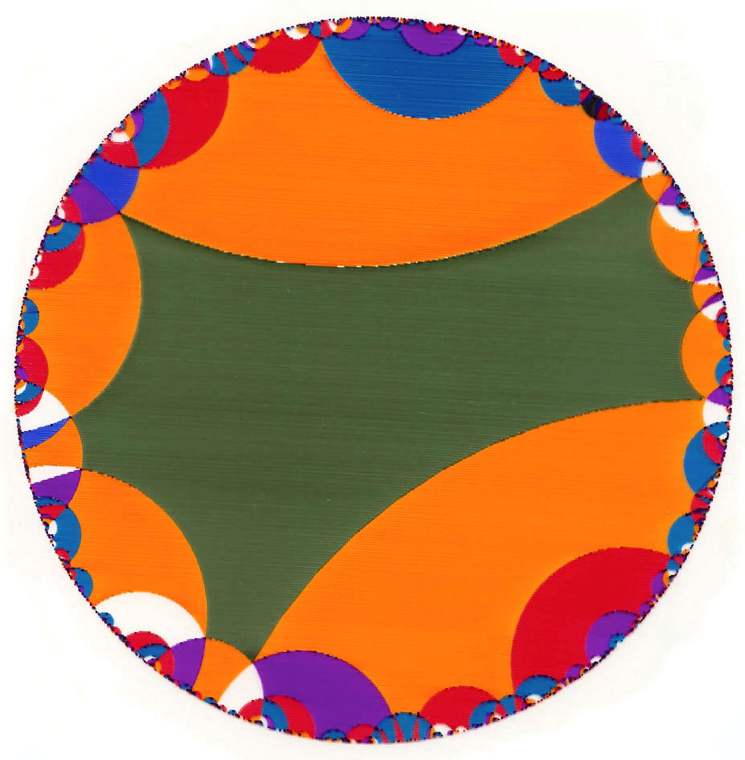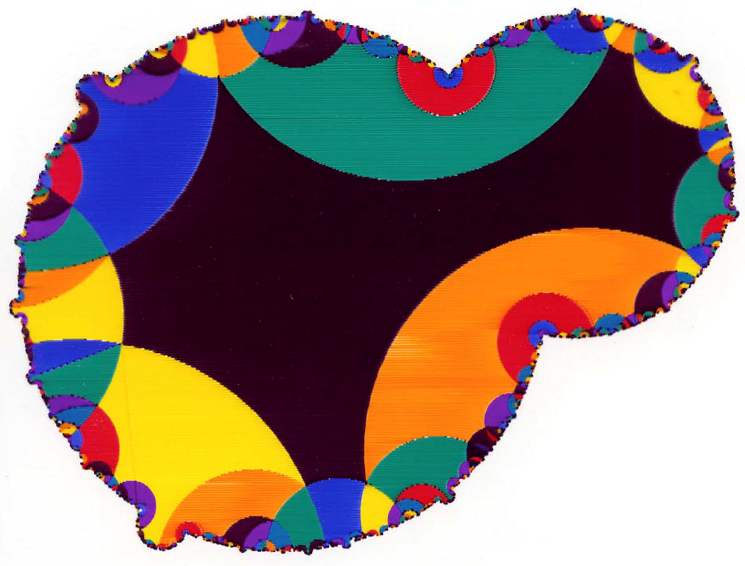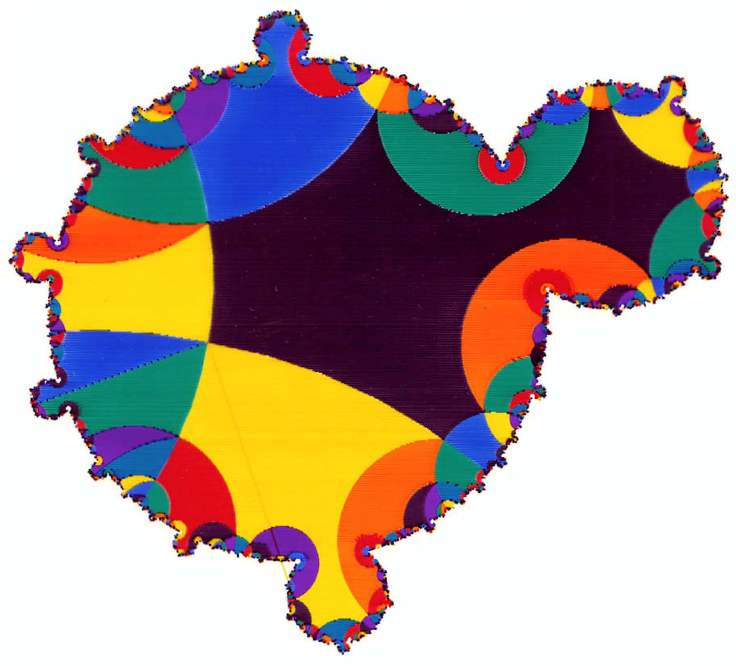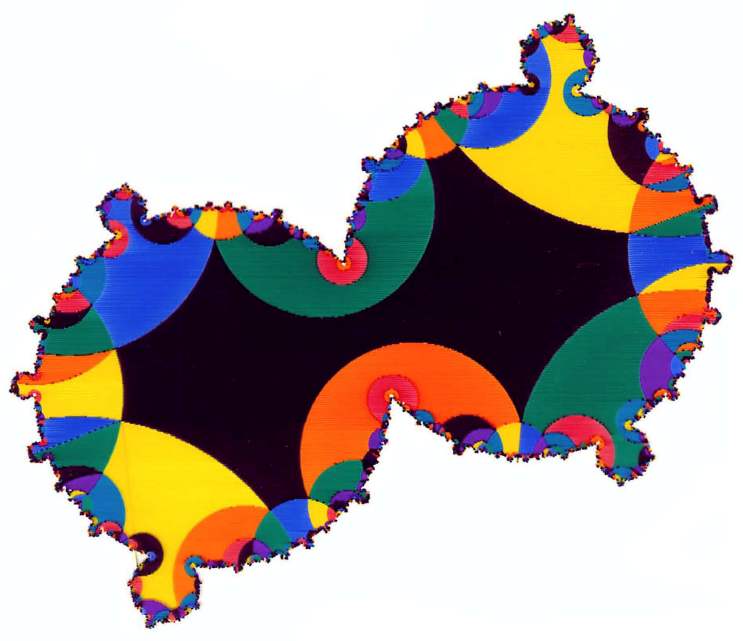Tomaschitz, R. (1994). Classical and quantum chaos in Robertson-Walker cosmologies, in: Deterministic Chaos in General Relativity (Kananaskis, Alberta, July 25-30, 1993, D. Hobill, A. Burd, A. A. Coley, eds.), NATO Science Series B 332, Plenum, New York, 1994, pp. 251-268.
Abstract (SpringerLink, CDS, SAO/NASA ADS)
An elementary review of my work on the physical impact of the topological structure of space-time is given. An account on classical chaos in an open, multiply connected universe is presented. The uniformity of the galactic background is related to the erratic behavior of the classical world lines around the chaotic nucleus of the universe. On the quantum level we discuss particle creation, backscattering, anisotropy of the microwave background, parity violation and how all this relates to the multiple connectivity of the open spacelike slices.
|
Title: |
|
Classical and quantum chaos in Robertson-Walker cosmologies |
|
Authors: |
|
Tomaschitz, Roman |
|
Affiliation: |
|
AA(Physics Department, University of the Witwatersrand, Johannesburg, WITS 2050, South Africa) |
|
Publication: |
|
Deterministic Chaos in General Relativity (D. Hobill, A. Burd, A. A. Coley, eds.), NATO Science Series B 332, Plenum, New York, 1994, pp. 251-268. |
|
Publication Date: |
|
00/1994 |
|
Origin: |
|
AUTHOR |
|
Keywords: |
|
relativistic chaos, open Robertson-Walker cosmology, multiply connected hyperbolic 3-space |
|
Abstract Copyright: |
|
Springer |
|
Bibliographic Code: |
|

Figure 6b. A tiling on the boundary of H3 that is induced by the tiling Γ(F). The domain in the middle is the hatched domain f1 in Fig. 6a, bounded by circular arcs on the base circles. The accumulation points of the tiles define in this case a circle Λ(Γ), corresponding to the closed curve indicated in Fig. 6a. All tiles are Γ-images of f1. full size image

Fig. 7a full size image

Fig.7b full size image

Fig. 7c full size image
Figure 7a-c. Different realizations of the pattern of base circles give rise to globally non-isometric manifolds. Depicted is a sequence of deformations of the polyhedron F in Fig. 6b. To obtain the polyhedral tiling of H3, we extend the circular arcs that bound the tiles to circles, and place hemispheres onto them. The fractal boundary curves of the depicted tilings are continuous images of the limit circle in Fig. 6b. They have a Hausdorff dimension 1 < δ < 2, but they are not self-similar. These fractal limit sets at the boundary of the covering space determine the qualitative properties of geodesics in the 3-manifold.
description: Roman Tomaschitz (1994) Classical and quantum chaos in Robertson-Walker cosmologies, in: Deterministic Chaos in General Relativity (D. Hobill, A. Burd, A. A. Coley, eds.), NATO Science Series B 332, Plenum, New York, pp. 251-268.
Keywords: relativistic chaos, open Robertson-Walker cosmology with multiply connected hyperbolic 3-space, constant negative curvature, mixing in the chaotic nucleus of the universe, topological backscattering and particle production, temperature fluctuations in the cosmic microwave background radiation, global metrical deformations of the open 3-space, parity violation by topological self-interference, fractal limit sets of Kleinian covering groups, quasi-Fuchsian groups, fibered hyperbolic 3-manifolds, compact Riemann surfaces, polyhedral tessellation of hyperbolic space, Poincaré half-space, hyperbolic convex hull of a fractal limit set, universal covering projection, chaotic world lines, deformation spaces of open hyperbolic 3-manifolds
download full-text article (scanned PDF, 1.8 MB)